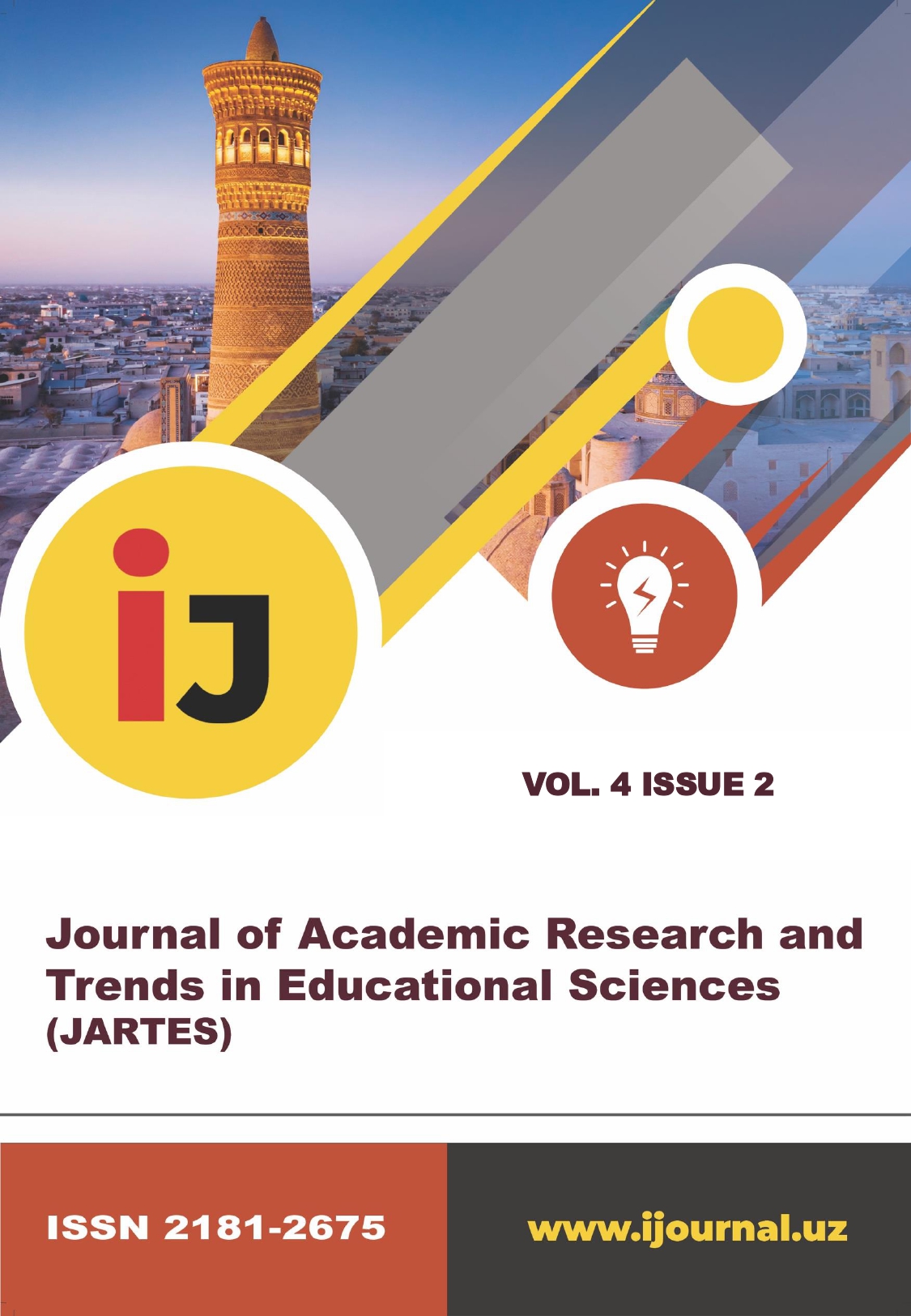APPLICATION OF EDUCATIONAL TECHNOLOGIES IN MOTHER TONGUE LESSONS IN PRIMARY SCHOOL
Keywords:
primary education, mother tongue lessons, educational technologies, multimedia tools, interactive learning, differentiated instruction, student engagement, language skills developmentAbstract
The integration of educational technologies into primary school mother tongue lessons plays a crucial role in enhancing the effectiveness of teaching and fostering student engagement. This article examines the various types of modern educational technologies and their application in developing language skills, reading comprehension, and writing abilities among young learners. The use of multimedia tools, interactive platforms, and differentiated instruction techniques is shown to support individual learning needs and promote active participation. The article also explores the challenges teachers face in implementing technology-based methods and offers practical recommendations for effective classroom integration. The findings suggest that thoughtfully applied educational technologies can significantly improve learning outcomes in mother tongue education at the primary level.
References
[1] Hasanov, A. (2020). Boshlang‘ich ta’lim metodikasi asoslari. Toshkent: O‘qituvchi nashriyoti.
[2] Alimova, M. (2021). Boshlang‘ich ta’limda raqamli texnologiyalarni qo‘llashning afzalliklari. Ta’lim innovatsiyalari jurnali, 5(2), 34–40.
[3] Johnson, L. et al. (2016). Technology in Primary Education. New York: Springer.
[4] Slavin, R. E. (2014). Educational Psychology: Theory and Practice. Pearson.
[5] Tomlinson, C. A. (2005). How to Differentiate Instruction in Mixed-Ability Classrooms. ASCD.
[6] Yuldasheva, N. (2022). Multimedia vositalarining ona tili ta’limidagi o‘rni. Boshlang‘ich ta’lim jurnali, 4(1), 51–58.
[7] Ertmer, P. A. (2005). Teacher Pedagogical Beliefs: The Final Frontier in Our Quest for Technology Integration? Educational Technology Research and Development, 53(4), 25–39.
[8] Mustafayeva, G., & Karimova, S. (2023). O‘zbekiston maktablarida raqamli ta’lim vositalari joriy etishning dolzarb masalalari. Pedagogik tadqiqotlar, 7(3), 62–68.
[9] Mishra, P., & Koehler, M. J. (2006). Technological Pedagogical Content Knowledge: A Framework for Teacher Knowledge. Teachers College Record, 108(6), 1017–1054.
[10] Mayer, R. E. (2001). Multimedia Learning. Cambridge University Press.
[11] Slavin, R. E. (2018). Effective Programs in Elementary Reading: Success for All. New York: Guilford Press.
[12] Graham, C. R. (2019). Blended Learning in Primary Education: Opportunities and Challenges. Educational Technology & Society, 22(4), 84–94.
[13] Clements, D. H., & Sarama, J. (2007). Early Childhood Mathematics Learning. In: Second Handbook of Research on Mathematics Teaching and Learning. Information Age Publishing.
[14] Moreno, R., & Mayer, R. E. (2007). Interactive multimodal learning environments. Educational Psychology Review, 19(3), 309–326.
[15] Ertmer, P. A., & Ottenbreit-Leftwich, A. T. (2010). Teacher Technology Change: How Knowledge, Confidence, Beliefs, and Culture Intersect. Journal of Research on Technology in Education, 42(3), 255–284.
[16] Fullan, M. (2013). The New Meaning of Educational Change. Teachers College Press.
[17] Mustafayeva, G., & Karimova, S. (2023). O‘zbekiston maktablarida raqamli ta’lim vositalari joriy etishning dolzarb masalalari. Pedagogik tadqiqotlar, 7(3), 62–68.
Published
Issue
Section
License
Copyright (c) 2025 Aygul Kuttiboyeva

This work is licensed under a Creative Commons Attribution-NonCommercial-NoDerivatives 4.0 International License.
All Rights Reserved.





